The Marketing Funnel vs the Customer Journey: How to Bring them Together
As a marketer, have you ever felt like you’re juggling too many pieces of the puzzle when it comes to marketing? You’ve got funnels, customer journeys, storytelling, and a million other terms vying for your attention. It can feel overwhelming.
Here’s the good news: it all ties together. Whether you’re crafting campaigns or mapping out your audience’s experience, there’s one thing that brings it all into focus—storytelling. And not just any storytelling. It’s about making your customer the hero of the story and knowing how to guide them from the first hello to being your brand’s biggest fan.
But let’s address a common question upfront: What’s the difference between the customer journey and the marketing funnel? Isn’t one of them dead? It’s a fair question. The short answer? No, neither is dead, and they both matter. The marketing funnel helps you move people from unknown to known. The customer journey focuses on how they find you, engage with you, and eventually become advocates for your brand. Together, they create a powerful framework.
In this article, we’re diving deep into the customer journey funnel and how it works hand-in-hand with storytelling to create campaigns that truly connect. Whether you’re a seasoned marketer or someone curious about how it all works, you’re in the right place.
What Is the Marketing Funnel?
The marketing funnel is a visual representation of how you guide potential customers through the stages of becoming loyal advocates for your brand. Think of it as a way to move people from being a wide pool of unknown possibilities to a smaller group of engaged customers, and finally, to a thriving community of fans.
It’s called a funnel because it narrows at each stage, filtering out those who aren’t the right fit while focusing your efforts on those who are most likely to convert.
The funnel is typically broken into three main sections:
- Top of Funnel (TOFU): This is the Awareness stage, where you cast a wide net to attract potential customers. These are people who may not know about your brand or even recognize they have a problem yet. Your goal here is to make them aware of your existence and the value you bring.
- Middle of Funnel (MOFU): The Consideration stage falls here. At this point, potential customers know they have a problem and are actively evaluating solutions. Your job is to provide educational and persuasive content to help them see why you’re the right fit.
- Bottom of Funnel (BOFU): This is the Conversion stage, where prospects are ready to make a decision. They’ve narrowed down their options, and your focus is on making the choice easy and compelling for them.
Each of these sections corresponds to key stages in the funnel:
- Awareness: Attracting new leads and making them aware of your brand.
- Consideration: Helping prospects evaluate your offerings and decide if you’re the right solution.
- Conversion: Encouraging prospects to take the desired action, like making a purchase or signing up.
- Loyalty: Building long-term relationships through engagement and repeat purchases.
- Advocacy: Turning satisfied customers into enthusiastic brand ambassadors.
As you move people through these stages, you’re narrowing the field from a broad audience to a highly engaged and loyal group. The funnel helps you organize your efforts to meet potential customers where they are in their journey, guiding them toward deeper trust and engagement. It’s about understanding how to move people from “Who are you?” to “I love what you do!”
And as a side note, this is why I will die on the hill that the marketing funnel is never dead. How people move through it might adjust over time, but the idea of moving them from a larger group of unknowns to a smaller group of engaged customers will never change.
What Is the Customer Journey?
The customer journey is the entire experience a customer has with your brand, from the first moment they hear about you to their interactions as loyal advocates. Unlike the linear progression of the marketing funnel, the customer journey captures all touchpoints—the big and small interactions—that influence how a customer feels about and engages with your brand.
This journey includes stages like:
- Discovery: How customers first encounter your brand, whether through an ad, social media, or word-of-mouth.
- Engagement: The phase where customers begin interacting with your content, exploring your website, or asking questions.
- Decision: When the customer evaluates their options and makes a purchase.
- Post-Purchase: The ongoing experience after they’ve bought from you, including customer service, follow-ups, and additional value you provide.
- Advocacy: When customers become champions for your brand, recommending it to others and creating organic growth.
The graphic below illustrates how a customer might think when they are in each funnel stage. Their actions and what they do may differ. But essentially, you are moving their thinking forward.
- Awareness: Your customer is thinking — “I don’t know there’s something better out there. Tell me what I’m missing, who you are and why I should trust you.”
- Consideration: “I want to fix my pain point. I’m thinking about you, but not sure about taking this journey at all.”
- Conversion: I’ve bought into the journey. I want to change and I’m committed to making a choice. I need to know why it should be you.”
- Loyalty: I believe in this new way of being and this journey with you. Now we’re on it, show me why I should stay and what we can do together next.”
- Advocacy: “I’m a fan of your brand and talk about you. I need to know you recognize me as a valued community member.”
What Is the Difference Between the Marketing Funnel and Customer Journey?
While the marketing funnel focuses on your efforts to move customers from awareness to advocacy, the customer journey emphasizes the customer’s perspective—their thoughts, feelings, and actions at each touchpoint. The marketing funnel is a framework to help you visualize the scope and size of the audience you’re reaching. The customer journey is how you map your customer’s needs to guide them through the stages of their journey.
Here’s how they differ:
- Linearity: The marketing funnel is intentionally upside down and linear, indicating the size of audience as it narrows — but the customer journey is often non-linear.
- Focus: The funnel is about your actions as a marketer; the journey is about the customer’s experience.
- Scope: The funnel is a subset of the journey, focusing on specific stages, while the journey captures every interaction.
Now how does storytelling fit in?
Storytelling is the thread that ties the marketing funnel and customer journey together. It transforms your marketing efforts from transactional to relational, helping customers see themselves in your brand’s narrative. By positioning your customer as the hero and your brand as the guide, you create a more engaging and effective experience.
Awareness Stage: The Hook
At the Awareness stage, Stock Hero Guy doesn’t know you exist. He doesn’t know your product exists, and he likely hasn’t actively identified the problem he has yet either. This is his “Ordinary World”—the one he knows and is comfortable in, even if it’s not perfect.
To start this journey, you have to hook Stock Hero Guy into why.
Your job at this stage is to hook him. Introduce Stock Hero Guy to the idea that there’s a journey to take—and that you’re the one he should trust to take it with. Build trust by addressing his pain points and making him aware of the possibilities.
Example Content: Blog posts, social media ads, or videos that showcase relatable problems and high-level solutions.
At this point, it’s also important to use emotionally resonant messaging. Stock Hero Guy needs to feel that you understand his pain points on a deeper level. Crafting relatable and empathetic content can help establish this connection.
Your job at this stage is to hook him. Introduce Stock Hero Guy to the idea that there’s a journey to take—and that you’re the one he should trust to take it with. Build trust by addressing his pain points and making him aware of the possibilities. And remember, it’s also not likely to be the first few (or dozen) times you introduce yourself that will move him to the next stage.
Consideration Stage: Call to Adventure
Once you have Stock Hero Guy’s attention and trust, it’s time to call him to adventure. This is where he begins to see that his Ordinary World isn’t as great as it seemed, and there’s a better way. Your job is to clearly present the benefits of your solution and help him identify his problem.
Stock Hero Guy is now saying, “Hey, this actually is a problem, and I might need to solve it.” He’s starting to see the potential for change, but he’ll likely resist at first. Change is tough. Your role is to gently guide him forward.
Example Content: Comparison guides, testimonials, and educational webinars.
During this stage, personalized communication can make all the difference. Use retargeting ads, email sequences, and case studies to keep Stock Hero Guy engaged. Make the adventure feel achievable and rewarding.
Conversion Stage: Committing
At this stage, Stock Hero Guy has committed to change. He’s identified the problem, understands the solutions available, and is ready to make a decision. This is where you step into the role of mentor—the wise guide who supports him through the process.
Show Stock Hero Guy why your way is the best path forward. Provide clarity, confidence, and support as he makes his choice. Remember, it’s about his journey—not yours.
Example Content: Free trials, clear pricing pages, and personalized consultations.
Additionally, remove barriers to conversion by offering guarantees, free shipping, or limited-time discounts. Ensure that the process is seamless and that Stock Hero Guy feels supported every step of the way.
Loyalty Stage: Revelation
Many companies stop their efforts at Conversion, but this stage is just as important. Loyalty is where you build lasting relationships and turn Stock Hero Guy into a repeat customer.
At this stage, Stock Hero Guy is fully invested in his new path. He’s discovered that this new way is amazing and is ready to deepen his connection with your brand.
Example Content: Onboarding emails, exclusive perks, and customer success stories.
Consider creating loyalty programs that reward repeat purchases and referrals. Regularly check in with Stock Hero Guy to ensure he’s satisfied and to gather feedback for improvement.
Advocacy Stage: The Return with the Reward
When Stock Hero Guy is so thrilled with what you’ve done for him, he becomes your advocate. He’ll share his experience with friends, family, and coworkers. Why? Because it was transformative for him, and he wants others to benefit too. Plus, we all enjoy being seen as authorities in our networks.
Your role here is to amplify his voice. Help him share his story, whether through reviews, referrals, or social media shout-outs.
Example Content: Referral programs, case study spotlights, and social media engagement.
Go a step further by collaborating with Stock Hero Guy on co-branded content or testimonials. This not only celebrates his success but also highlights your brand’s value in a more authentic way.
An example Lead Gen Campaign Funnel for Stock Hero Guy
Let’s map out a campaign using Stock Hero Guy as our example. His problem? He’s only posting his photos on one site, and his royalties are shrinking. He’s unaware that there are other platforms where he could earn more income. Your solution introduces him to a way to post across multiple royalty-free sites and maximize his earnings.
Here’s how you can guide Stock Hero Guy through the funnel and customer journey stages:
Top of Funnel (TOFU): Awareness
At the TOFU stage, Stock Hero Guy doesn’t even realize there’s a problem. He assumes his shrinking royalties are just part of the game and doesn’t know there’s a better way. Your goal is to help him recognize the issue and introduce your solution, starting his customer journey in the Discovery phase.
- Stock Hero Guy’s Thoughts: “I guess this is just how it works. Nothing I can do about my declining royalties.”
- Customer Journey Stage: Discovery—Help him become aware of a better way to succeed.
- Campaign Focus: Educate him about the broader opportunities in the market.
- Channels & Content:
- Social media ads:
- Highlight stories of photographers earning more by diversifying.
- Carousel showing the many different places Stock Photo People can post their photos.
- Blog posts: “Top 5 Ways to Maximize Your Stock Photo Earnings”
- Video content: Short clips showing the how easy it is to post on multiple platforms.
- Social media ads:
Middle of Funnel (MOFU): Consideration
At the MOFU stage, Stock Hero Guy understands there’s a problem, but now he’s exploring solutions. He’s intrigued by the idea of posting on multiple sites but needs more information to feel confident. This aligns with the Engagement stage of the customer journey.
- Stock Hero Guy’s Thoughts: “Can I really increase my royalties? Is it worth the effort?”
- Customer Journey Stage: Engagement—Build trust and show how your solution provides value.
- Campaign Focus: Showcase the benefits of your solution and build credibility.
- Channels & Content:
- Landing page: Explain how your solution works and include testimonials from other photographers.
- Webinars: Host a live Q&A session, “How to Earn More from Your Stock Photos.”
- Email sequences:
- Provide tips and comparisons of earnings from single vs. multiple sites.
- Provide an email newsletter with tips on how to create new and better photos for sharing.
Bottom of Funnel (BOFU): Conversion
At the BOFU stage, Stock Hero Guy is ready to act. He’s convinced that posting across multiple platforms will boost his earnings, but he needs a final nudge to commit to your solution. This connects to the Decision phase of the customer journey.
- Stock Hero Guy’s Thoughts: “This sounds great, but how do I get started? Will it really work for me?”
- Customer Journey Stage: Decision—Guide him to take action and reassure him.
- Campaign Focus: Make the next step seamless and compelling.
- Channels & Content:
- SEO Competitor Comparison blog: All the solutions compared, including yours.
- Free trial: Allow him to test the platform for 30 days.
- Clear CTAs: “Sign up today and start earning more tomorrow!”
- Personalized onboarding emails: Walk him through the setup process and highlight success stories.
When you align your customer journey funnel with storytelling principles, you’re not just driving conversions—you’re creating lasting relationships. By putting Stock Hero Guy at the center of the narrative, you’ll not only engage your audience but also build a brand they can’t help but advocate for.

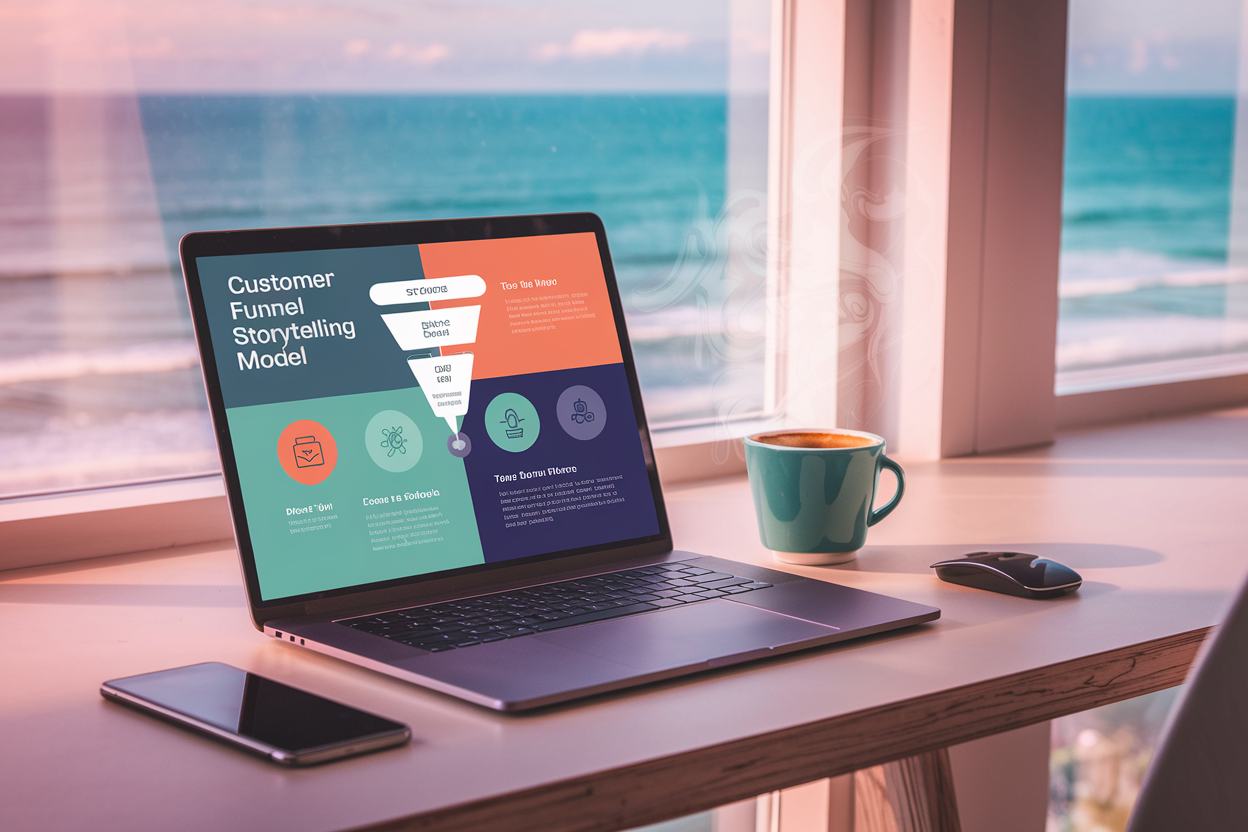
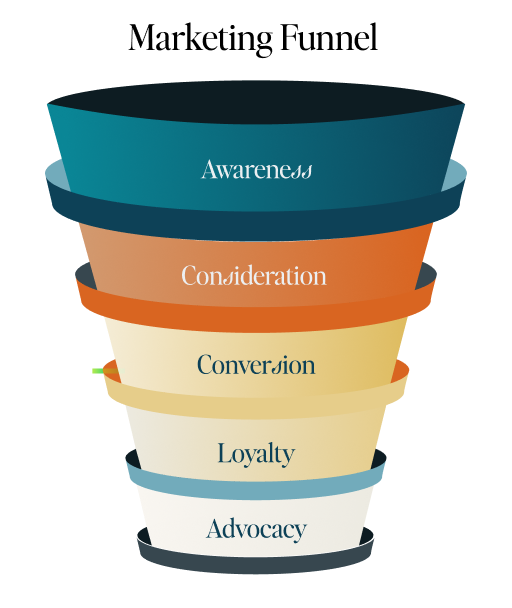
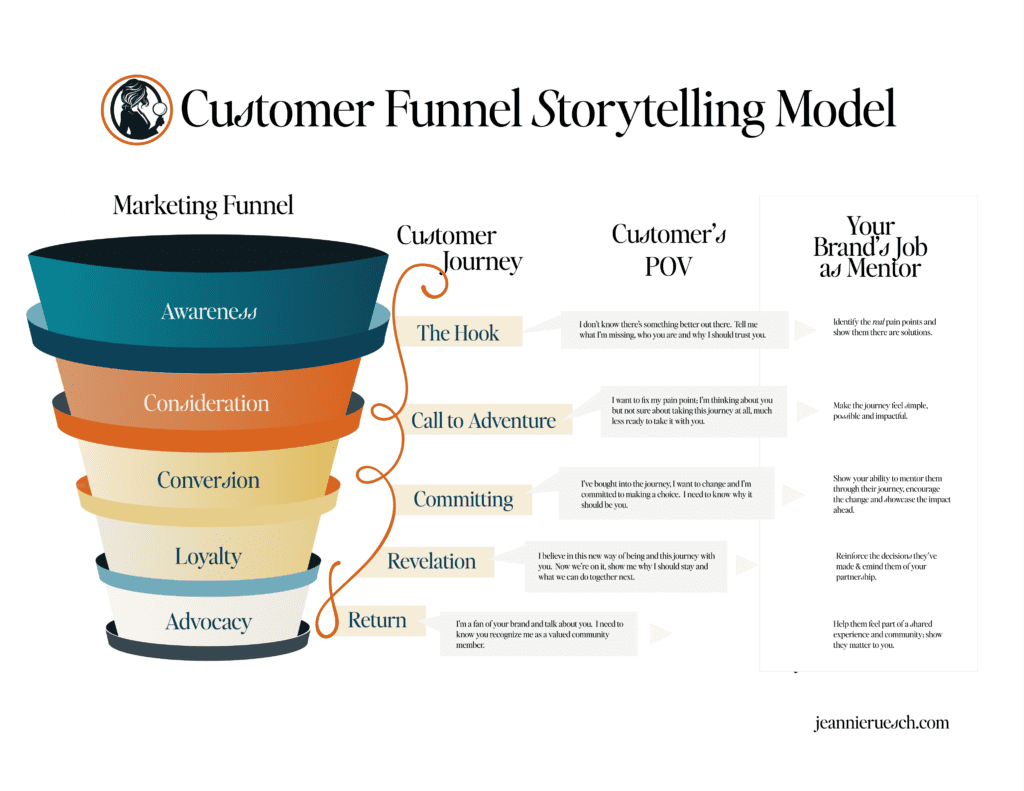

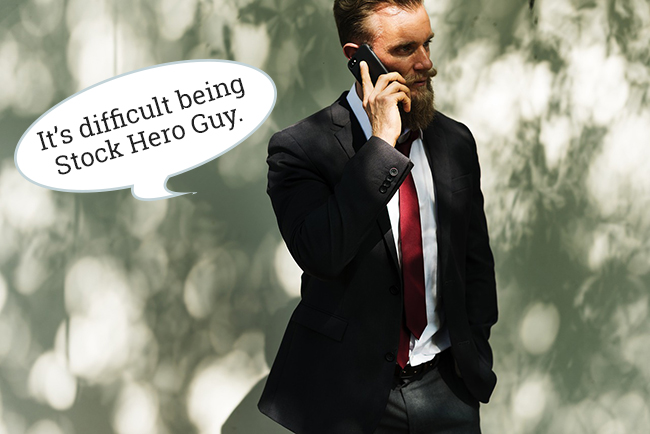
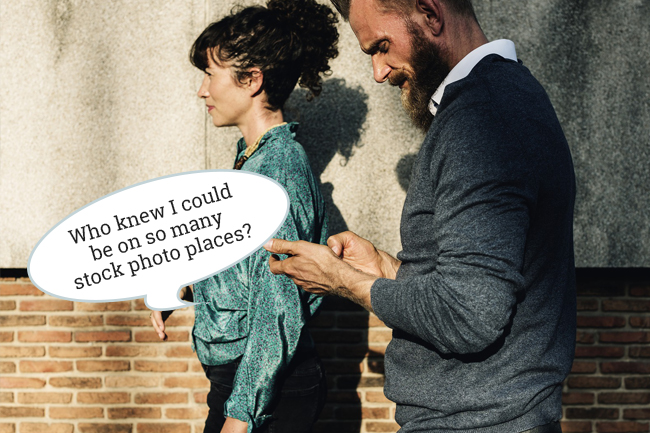
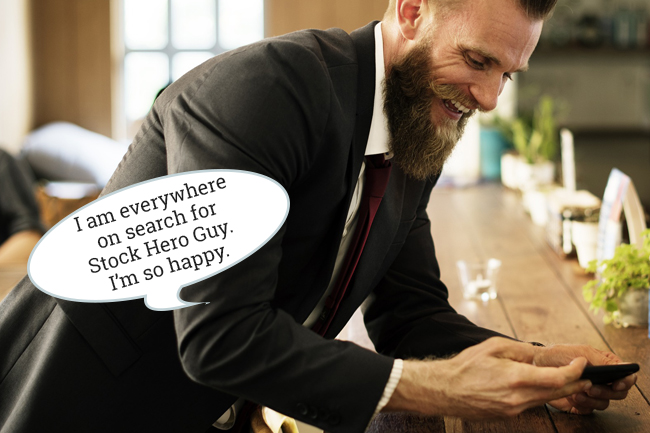
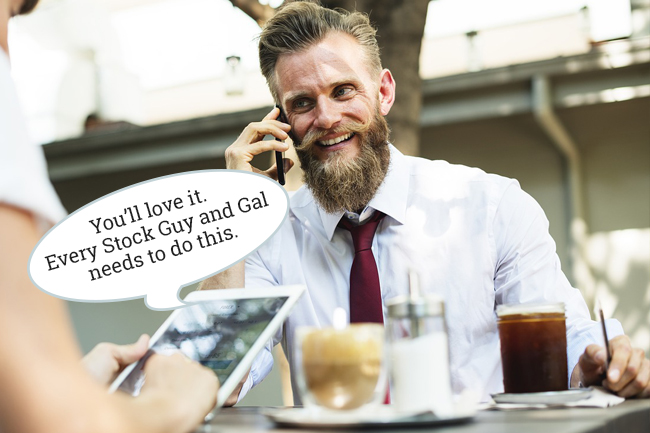
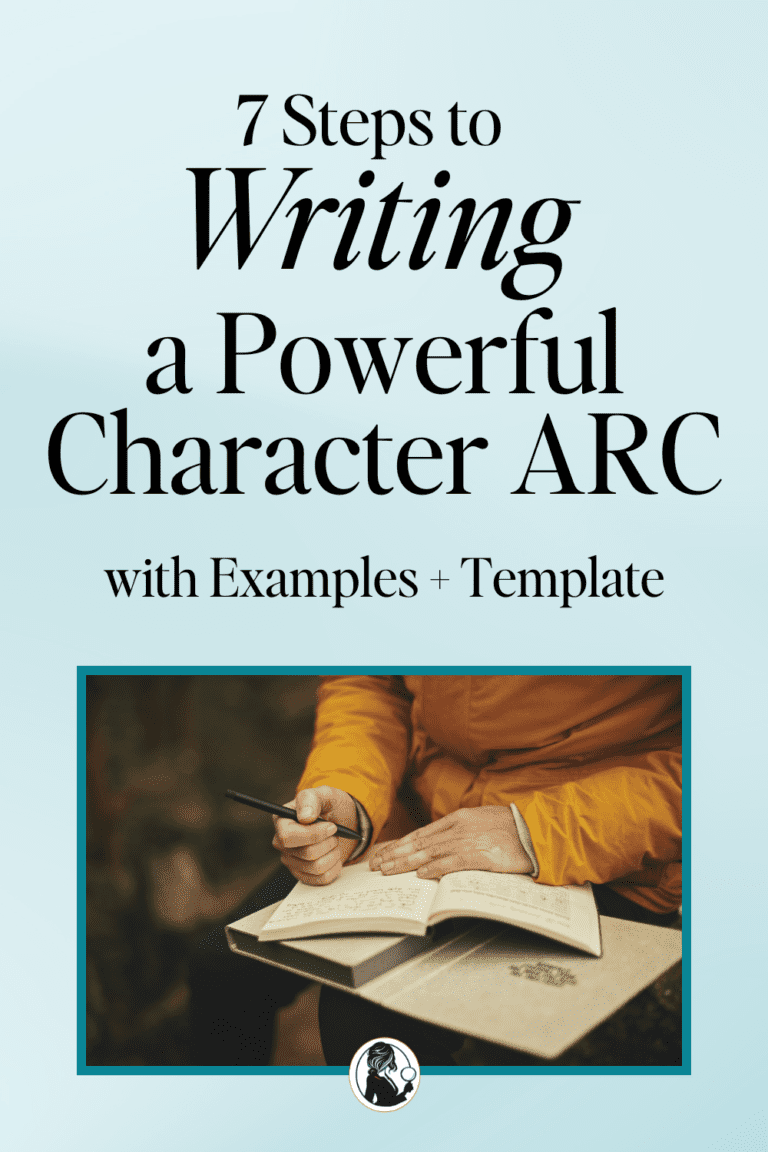
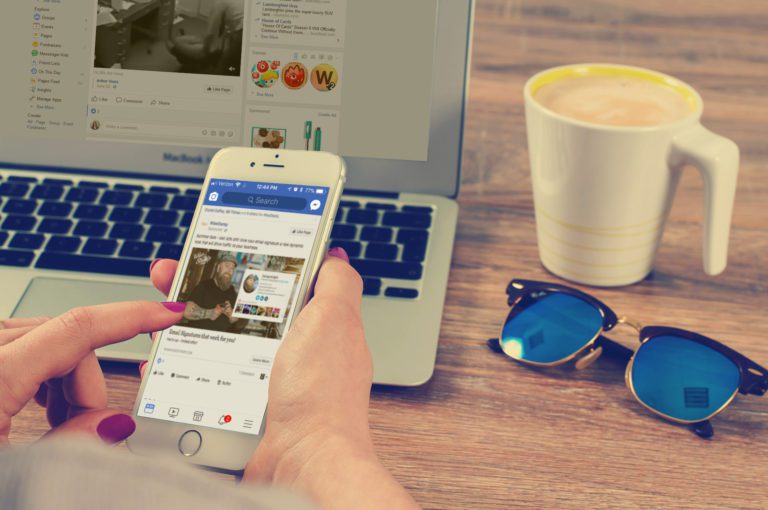

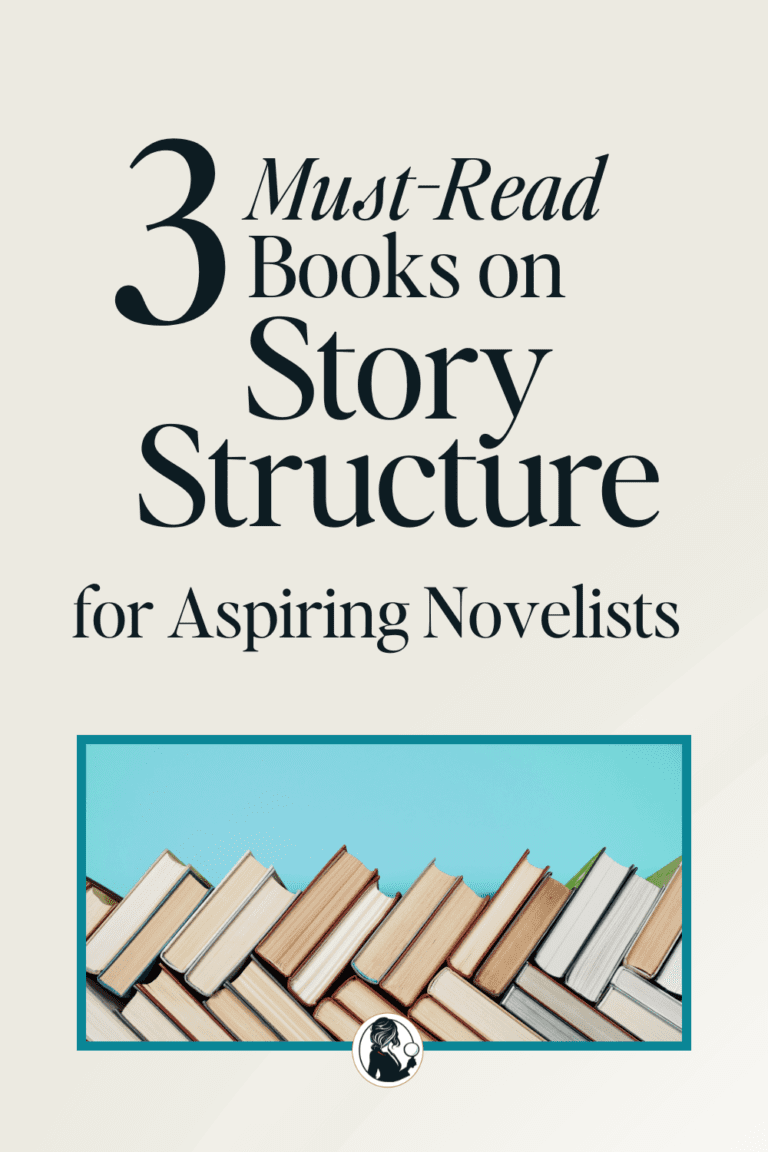

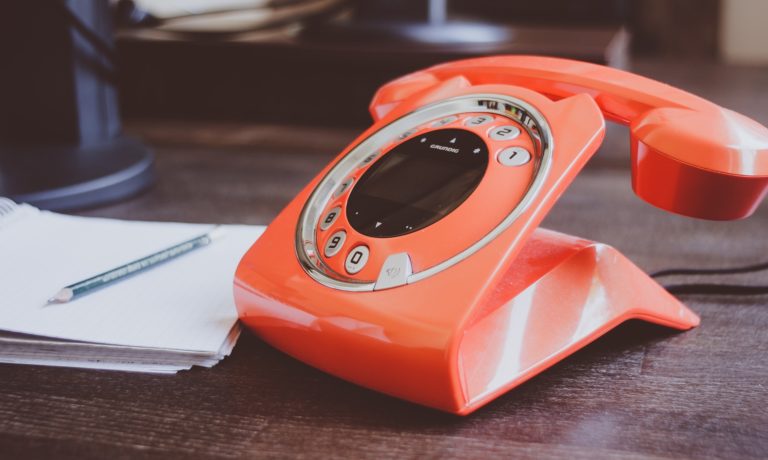
Awesome post.
Such a great way to remember to humanize and personalize what can become a stock sales pitch!